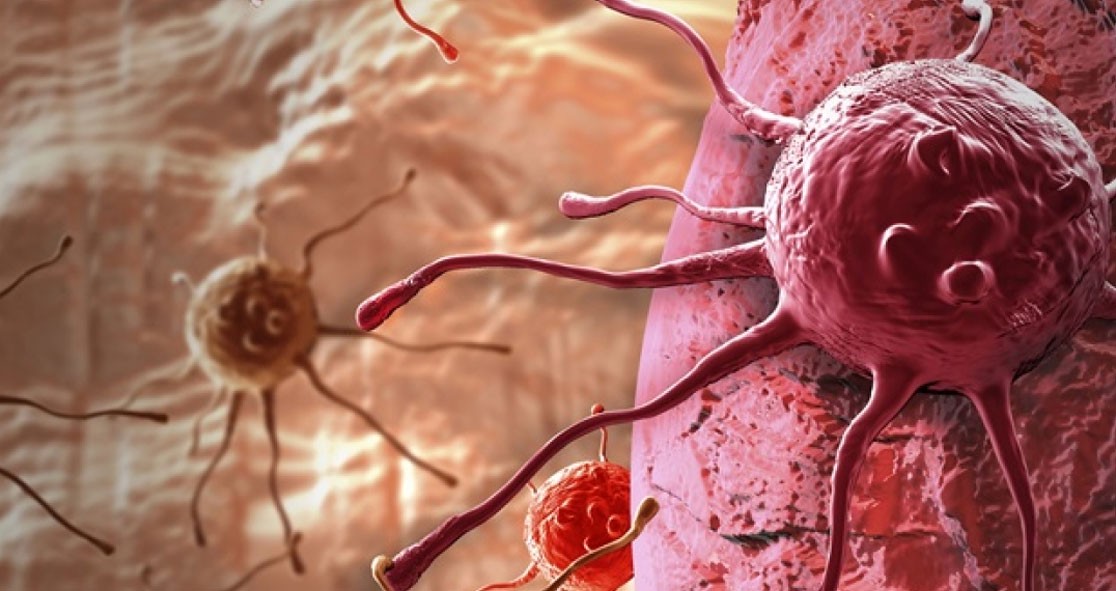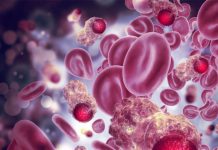Researchers at the University of Cincinnati have engineered a probiotic design to break down cancer cell defenses, according to Science Daily.
The study findings, published in the journal Advanced Healthcare Materials, could help develop new therapies, which may make it easy to kill tumors.
Senior author NalinikanthKotagiri, Assistant Professor, University of Cincinnati, explained many “solid cancer” cells have an extracellular matrix made up of collagen and hyaluronic acid. The matrix forms a barrier around the cells and makes it harder for antibodies and immune cells to reach the tumors, according to Science Daily.
Kotagiri studies solid cancers – abnormal cellular growths in solid organs, such as the breast or prostate, as opposed to leukemia – a cancer that affects the blood.
The study’s first author Shindu Thomas worked with E. coli Nissle, a bacteria that has been used as a probiotic and is different from E. coli strains that cause illness. Using new technology, any enzyme or protein can be manufactured on the E. coli Nissle bacteria.
The researchers engineered this bacterium to secrete an abundance of smaller structures called outer membrane vesicles on the outer edge of cells, per the news outlet. The vesicles carry the same materials present on the bacteria itself, so researchers designed the bacteria to carry an enzyme that breaks down cancers’ extracellular matrix.
Kotagiri said, “We took advantage of this unique feature of E.coliNissle to home and localize into these tumors. And then once bacteria are lodged there, they start making nanoscale vesicles which carry the enzyme much deeper into the tumor matrix.”
The team created the new probiotic and studied the bacteria’s effect on animal models of breast and colon cancer. They delivered the bacteria intravenously about four or five days before the cancer treatment so the bacteria gets time to populate and break down cancer’s defenses.
After the bacteria administration and subsequent doses of either immunotherapy or other pharmaceutical drugs used in targeted therapy, Kotagiri found that mice survived twice as long compared to those given the cancer treatment alone.
Imaging showed the bacteria and enzyme were effective at breaking down the extracellular matrix, allowing the treatment to reach the tumor cells.
Kotagiri said, “This always comes with a word of caution as to how you can utilize this strategy without causing any sepsis or any overt infections in the body.”
“There’s bacteria in the gut, on the skin, inside your lungs, inside your mouth, even inside tumors,” he added. “So why not take advantage of that and find interesting ways to make them a bit more proactive?”
Kotagiri explained, “The bacteria can essentially serve as a mothership that would carry the necessary therapeutic payload to unique niches in the body and from there it’s a self-sustaining entity.”
“While the possibilities are endless there are also significant challenges. We have to be good stewards of making that kind of evidence possible for the community to understand what are the limits and what can be done,” he added.





















